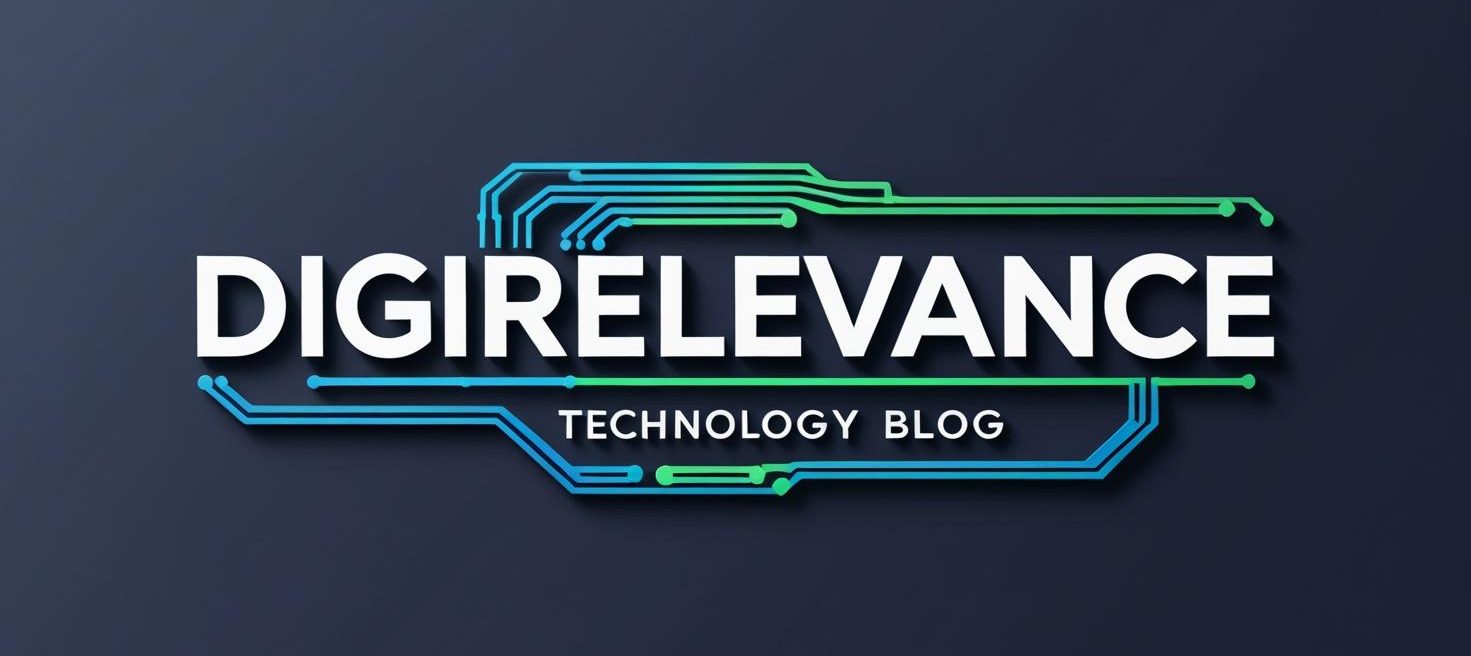
What if your next matter plan came with a confidence score—and it was right a third more often than last year? That’s not a thought experiment; it’s the new reality arriving in law firm operations. AI is no longer hovering at the edge of legal work anymore, it’s moving into the centre of budgets, staffing decisions, and even client conversations.
Where the shift is happening: Thomson Reuters (TR) has released an AI-powered practice management module this quarter, combining document automation, risk analytics, and matter budgeting into a single interface. TR says its machine learning improves outcome prediction and budgeting accuracy by over 30%, squarely targeting write-downs and blown timelines. In practical terms, this fuses the “what” of the workflow with the “why” and “how much,” elevating practice management from task tracking to strategic steering. For leaders, it’s the first credible signal that AI belongs in the operating core, not just the innovation lab.
Why does this matter? Because firms compete today on predictability as much as on expertise. Better forecasts drive smarter pricing, clearer scoping, and stronger client trust—while freeing partners from the spreadsheet gymnastics that erode margins. There are too many instances where data lived in silos and decisions ran on gut feel, leading with analytics will change this approach, for the better. It also sets up real governance, with audit trails and shared metrics that align finance, risk, and practice teams.
Contracting is getting its own push. Evisort just raised $50 million to deepen its AI’s natural language understanding, promising faster, more precise contract reviews with richer context. The appeal is obvious to midsize firms and lean in-house teams: scale legal ops without hiring sprees while meeting clients’ demand for speed and cost control. The story here isn’t “AI replaces lawyers”; it’s “AI expands the lawyer’s surface area,” extending quality review across more matters and compressing cycle times that stall revenue.
On the litigation side, Lexion’s AI-powered subpoena and discovery automation targets one of the biggest sources of cost volatility. By automating classification, relevance scoring, and deadline tracking, Lexion claims to cut review time by 40%—time that usually disappears into late nights and budget overruns. That’s more than efficiency, it’s a reset of litigation economics that could let boutiques compete with scale and help larger firms protect fixed-fee profitability.
Discovery has long been the linchpin of case schedules and if AI drives this, everything downstream gets more predictable.
Of course, technology only sticks if culture evolves. Professor Andrew Arruda of ROSS Intelligence has argued for “human + machine” fluency in legal education, pairing AI’s pattern detection with lawyer judgment and ethics. I’d go further: firms need to treat AI literacy like they treat conflicts training—mandatory, measured, and tied to outcomes. That means teaching prompt craft, risk framing, and validation methods, and giving people safe sandboxes to learn before platforms touch live client work.
What’s the bigger picture? We’re watching AI move from experimental to essential in law firm operations, with predictive modules in matter management, smarter CLM, and discovery automation forming a new baseline. The societal impact is wider access: when routine analysis gets cheaper and timelines get tighter, more clients can afford timely counsel—and more disputes resolve on the merits, not just the element of cost. But this upside comes with accountability; firms must calibrate transparency, data provenance, and bias controls as carefully as they calibrate pricing.
Here’s something to think about – the real competitive advantage won’t be the tools you buy; it will be the operating model you redesign around them. If your firm froze hiring for 12 months, which workflows could AI absorb without denting quality—and how would you prove it to clients?

